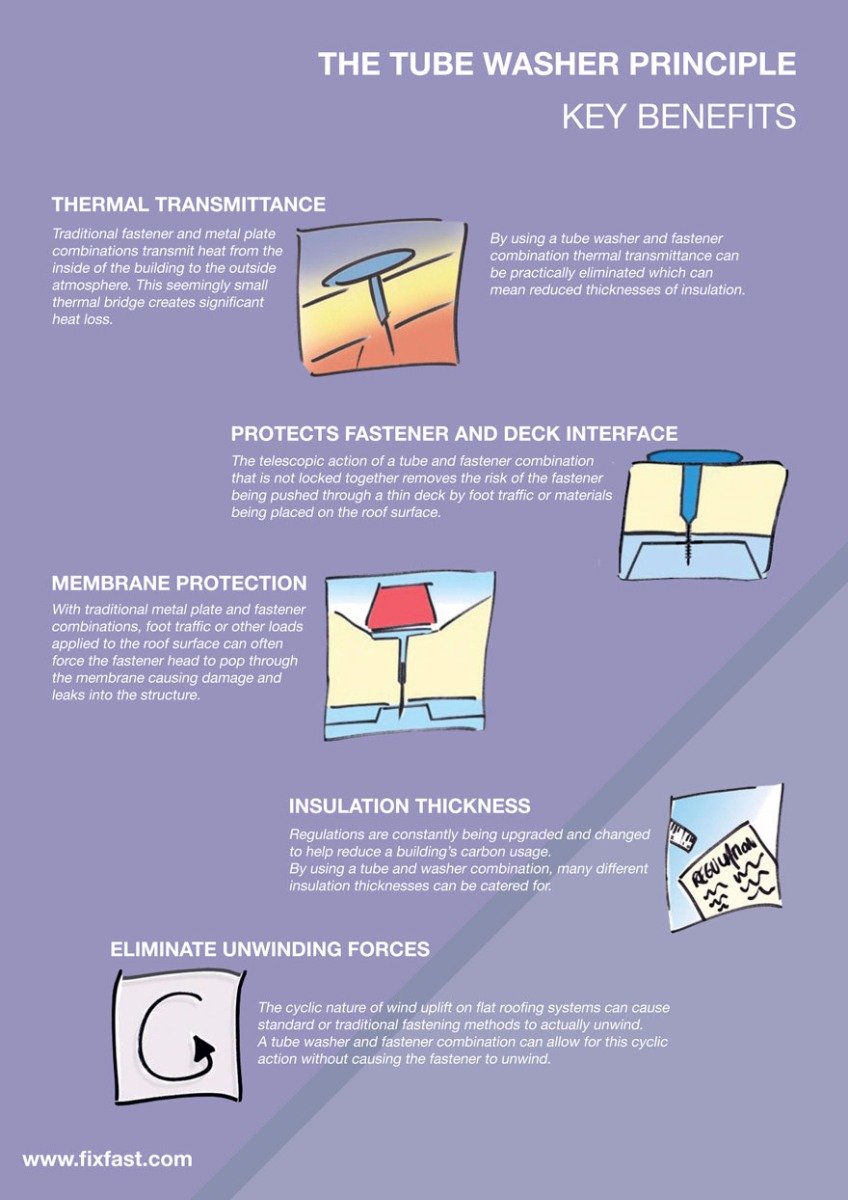Consider The Expenditures And Advantages Of Solar Installment To Disclose The Possible Monetary Benefits For People Pondering This Renewable Energy Financial Investment
Consider The Expenditures And Advantages Of Solar Installment To Disclose The Possible Monetary Benefits For People Pondering This Renewable Energy Financial Investment
Blog Article
Write-Up Created By-McMillan Dunlap
When thinking about the costs of solar installation, you might question the ahead of time investment called for and whether it aligns with the potential lasting advantages. Recognizing the details of these expenses and the numerous elements influencing the overall return can clarify the worth suggestion of transitioning to solar power. By assessing solar power panel installation and the predicted savings over time, you can get insight into whether the financial investment in solar installation holds assurance for your monetary future.
Initial Arrangement Costs
When considering the expenses of solar setup, the first setup expenditures play a vital function in your decision-making procedure. These in advance expenses include the price of solar panels, inverters, installing equipment, and setup labor.
The price of solar panels can differ relying on the brand, performance, and size you select. Inverters are essential for converting the sun's power into usable electrical energy and come in various kinds such as string inverters, microinverters, and power optimizers, each with its own price ramifications.
Placing tools, such as shelfs and rails, is needed to securely mount photovoltaic panels on your roof covering or residential property.
The installment labor cost covers the expert installation of the solar system, ensuring that whatever is set up correctly and efficiently. Remember that while these preliminary configuration expenditures may appear high, there are often rebates, tax obligation incentives, and financing alternatives readily available to help offset the prices and make solar installation more cost effective in the future.
Long-Term Financial Savings Evaluation
To comprehend the financial advantages of solar setup with time, it's crucial to perform a detailed lasting savings evaluation. While the initial configuration costs of solar panels may seem daunting, the long-lasting financial savings can surpass these prices significantly. By using the power of the sunlight to generate electricity for your home, you can potentially conserve countless dollars on your utility costs over the life-span of your solar system.
One of the key aspects to think about in a long-lasting cost savings evaluation is the reduction in your power expenses. With photovoltaic panels, you can generate your power, decreasing or perhaps removing your dependence on the grid. This can bring about significant financial savings, specifically as utility rates remain to climb.
Additionally, residential solar companies use rewards such as tax credit histories and discounts for installing photovoltaic panels, further enhancing your long-term cost savings. By capitalizing on these incentives and optimizing your solar energy manufacturing, you can appreciate considerable financial advantages for many years to come.
Roi Calculation
Considering the monetary benefits of solar installment, it's time to assess the Roi (ROI) estimation. Identifying the ROI involves contrasting the overall expenses of setting up a planetary system with the economic benefits it generates over its life-span.
To calculate residential solar panels reviews , separate the web benefit from the system by the total financial investment cost and multiply by 100 to get a percent. The ROI formula is: (Web Earnings/ Total Investment Expense) x 100.
For example, if the complete cost of installing a planetary system is $20,000, and over its life-span, it produces cost savings and incomes totaling $30,000, the web revenue would certainly be $10,000. Dividing this by the total financial investment cost of $20,000 provides a ratio of 0.5. Increasing this by 100 supplies an ROI of 50%.
Generally, a greater ROI shows a much more financially satisfying financial investment. Variables like federal government rewards, maintenance prices, and energy cost fluctuations can impact the ROI of solar installations. Understanding the ROI assists in evaluating whether investing in solar power deserves it in the long run.
Conclusion
Finally, recognizing the costs of solar installment is vital for establishing if it is worth the financial investment. By considering preliminary configuration expenditures, carrying out a long-term savings evaluation, and computing the return on investment, you can make an educated choice regarding the economic worth of solar power. With the possibility for reduced utility expenses and enhanced energy self-reliance, purchasing solar installment can be a smart option for both your budget and the environment.
